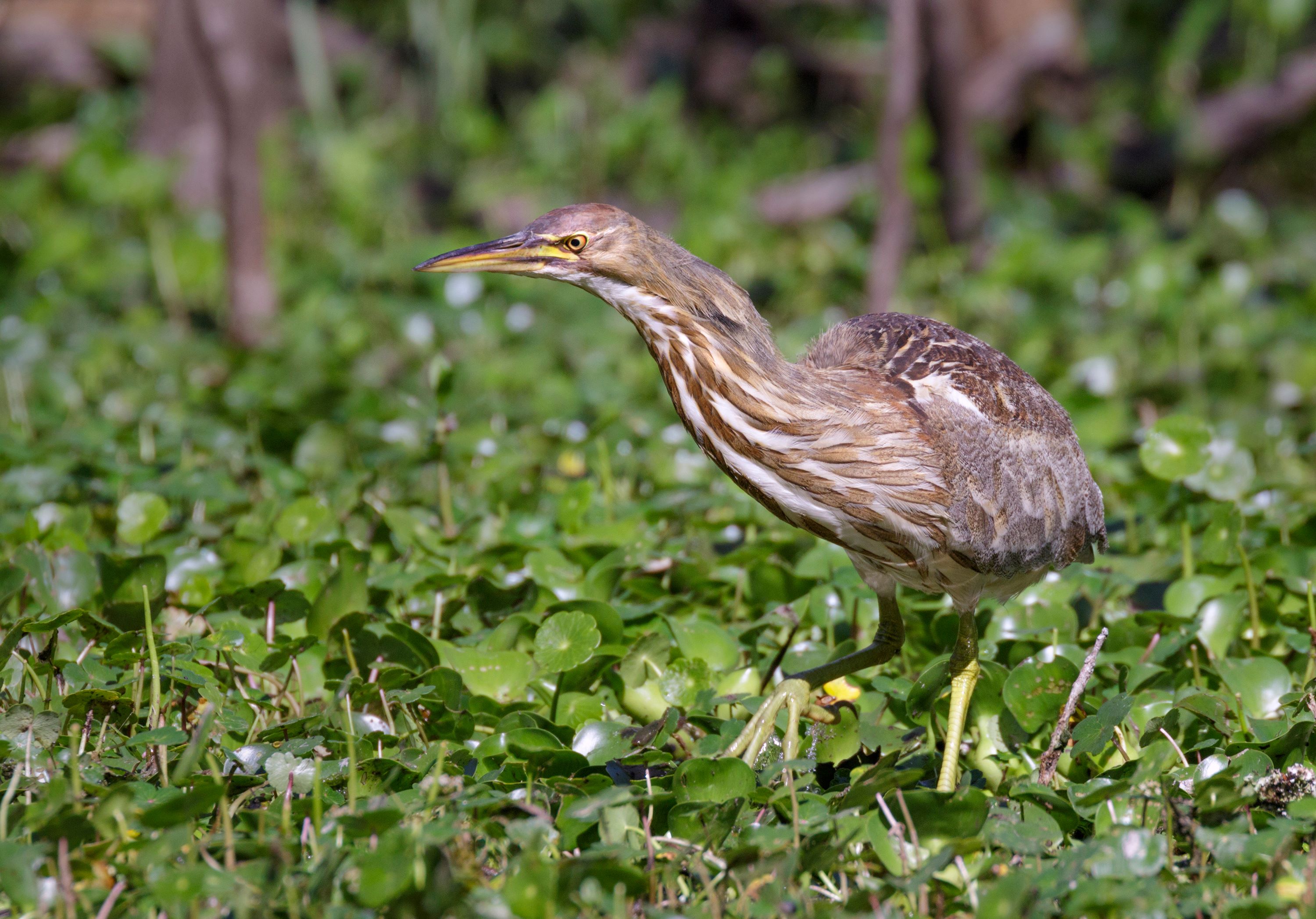
Botaurinae: The Elusive Bitterns of the Heron Family Ardeidae
Introduction to Botaurinae
The subfamily Botaurinae, part of the diverse heron family Ardeidae, encompasses a unique group of birds commonly known as bitterns. These elusive and secretive birds are distinguished by their camouflage abilities and distinctive behaviors, making them fascinating but challenging subjects for birdwatchers and naturalists.
Physical Characteristics
Bitterns of the Botaurinae subfamily are medium-sized herons with stout bodies, thick necks, and relatively short legs, adapted for their life in dense wetlands. Their plumage is typically mottled brown, buff, or beige, providing excellent camouflage in reedy habitats. This cryptic coloring is a key adaptation for their solitary and secretive lifestyle.
Habitat and Distribution
Botaurinae species predominantly inhabit freshwater marshes, swamps, and reed beds across various continents. These habitats provide the dense vegetation cover that bitterns prefer for nesting, hunting, and protection from predators. Their global distribution includes North America, Europe, Asia, Africa, and parts of Australasia.
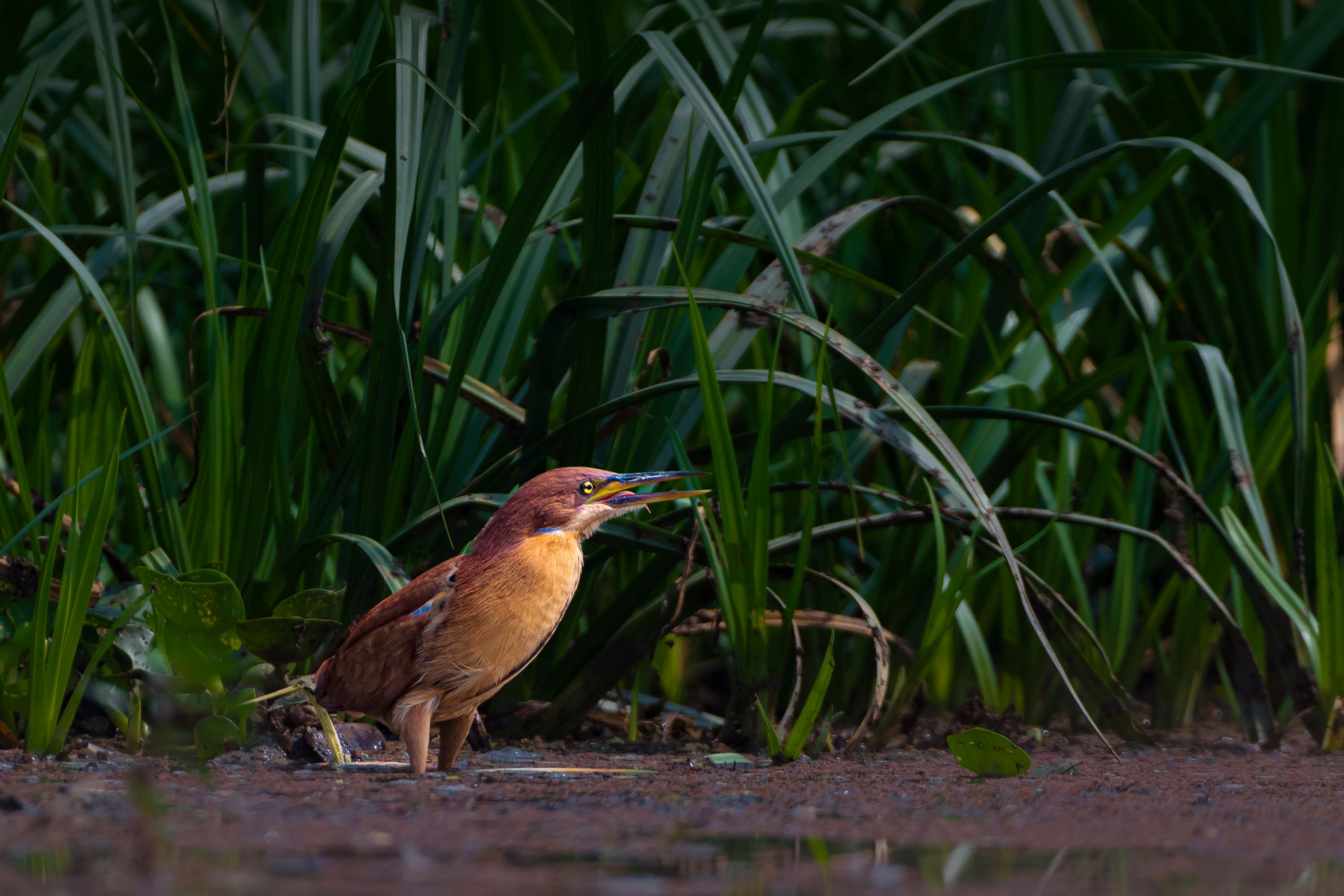
Behavior and Lifestyle
Bitterns are solitary and elusive, spending most of their time hidden among marsh vegetation. They are more often heard than seen, particularly during the breeding season when males emit distinctive booming calls. Their behavior includes a unique hunting technique of standing motionless or walking slowly to ambush prey.
Feeding Habits
The diet of Botaurinae bitterns primarily consists of fish, amphibians, and insects. They employ a “stand and wait” technique for hunting, using their long, sharp bills to catch prey. This method, combined with their cryptic plumage, makes them effective ambush predators.
Breeding and Nesting Habits
Bitterns typically breed in dense wetland vegetation. They construct nests close to the water, made of reeds and grasses. These nests are well-concealed to protect the eggs and chicks from predators. Breeding pairs are generally solitary, with each pair establishing its territory.
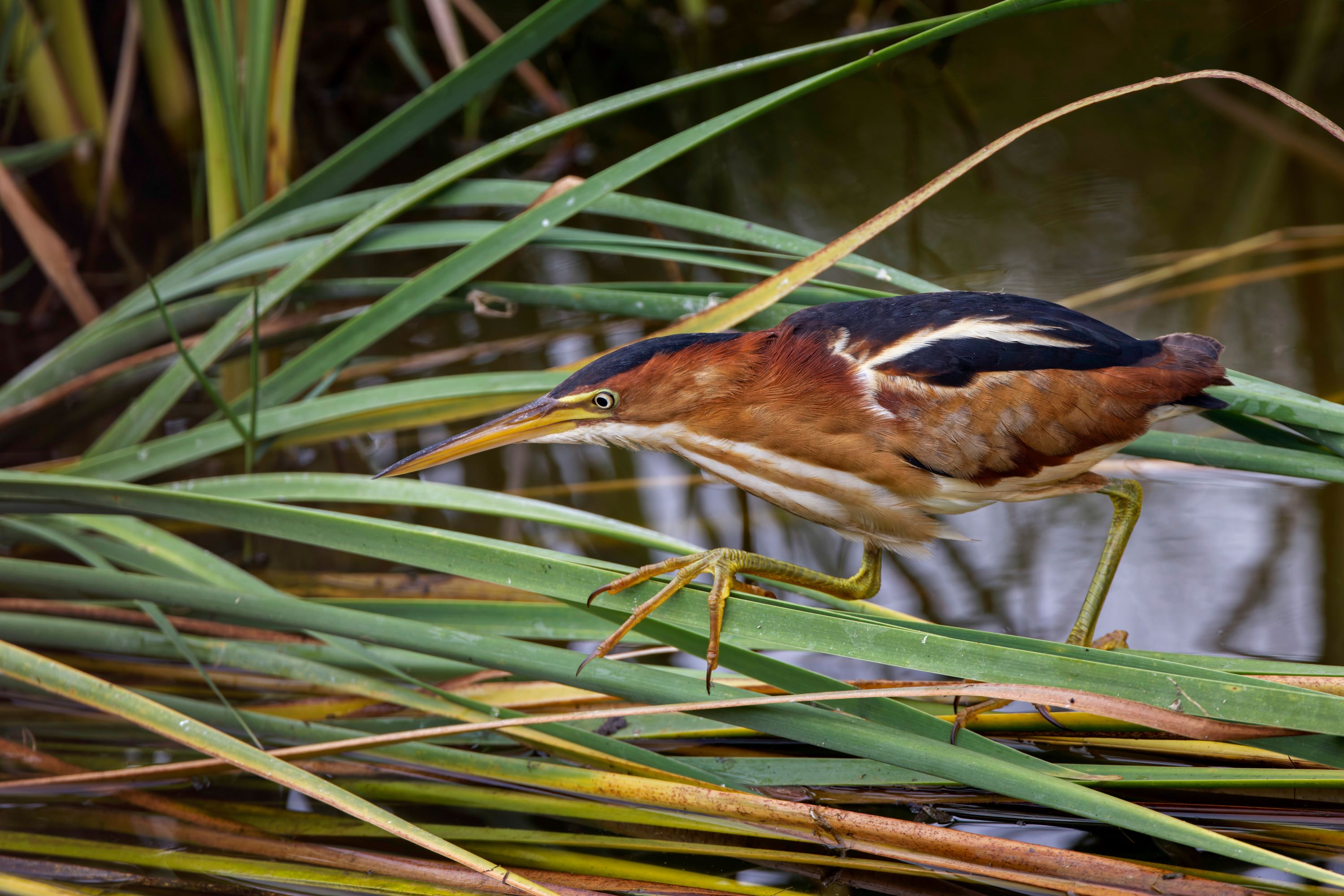
Egg Laying and Incubation
Females lay clutches of eggs, usually 3 to 6, depending on the species. The eggs are pale and blend with the wetland environment. Incubation duties are mostly undertaken by the female and last about 25 to 30 days.
Chick Rearing and Parental Care
Chicks are born altricial and depend on their parents for food and protection. They are fed by both parents and grow rapidly, learning to hunt and fend for themselves within a few weeks of hatching.
Vocalizations and Communication
Members of the Botaurinae are known for their unique vocalizations, especially the males during the breeding season. These deep, resonant sounds are used for establishing territory and attracting mates.
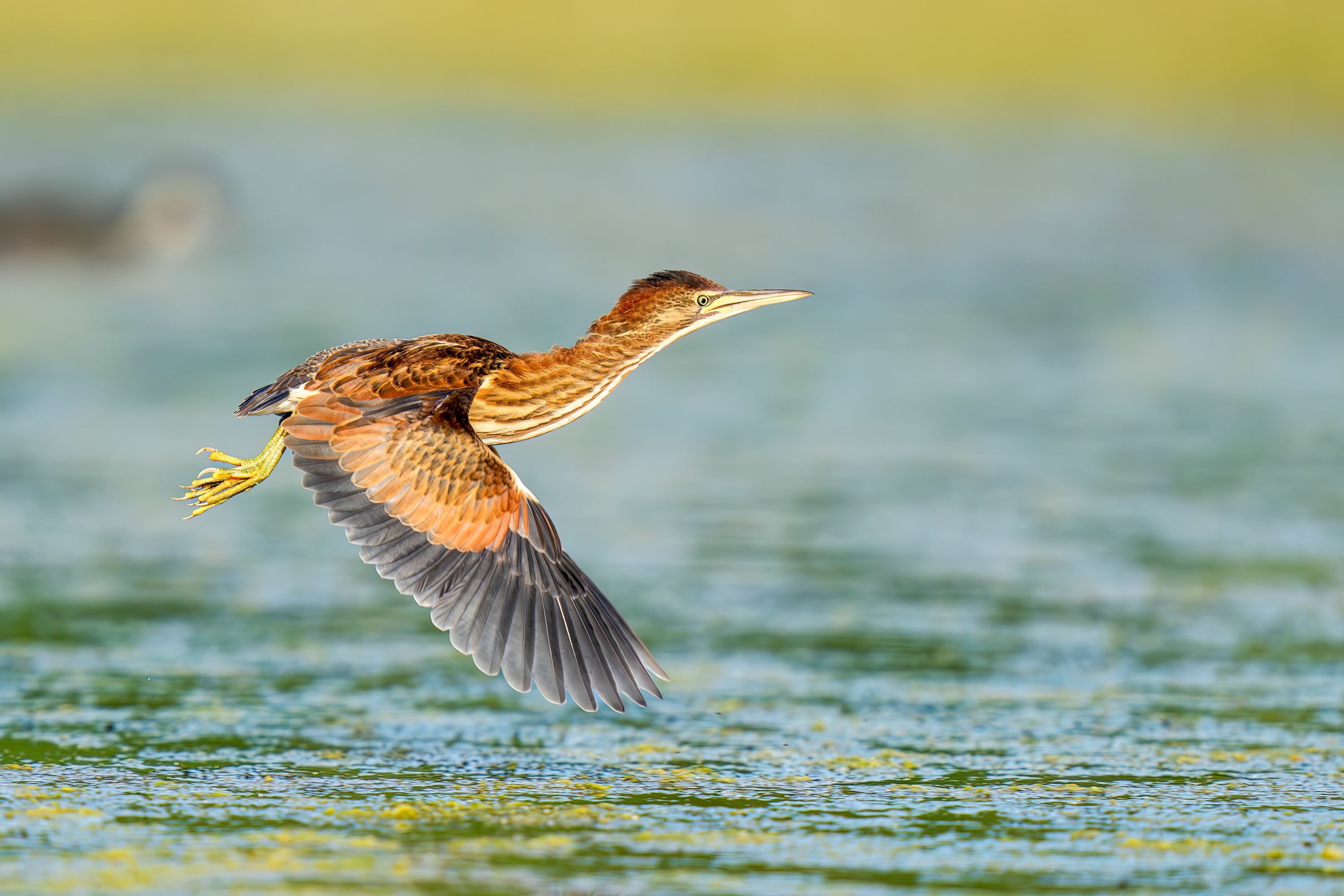
Conservation Status
Many species within the Botaurinae face threats from habitat destruction, pollution, and disturbances. Conservation efforts focus on protecting and restoring wetland habitats and ensuring sustainable management of these ecosystems.
Botaurinae Species in Utah
The American Bittern (Botaurus lentiginosus), a member of this subfamily, can be found in Utah, particularly in marshy and wetland areas. Prime locations for observing these birds include the Bear River Migratory Bird Refuge and wetlands around the Great Salt Lake.
Similar Species and Taxonomy
The Botaurinae subfamily is part of the order Pelecaniformes and the family Ardeidae, which includes herons, egrets, and other bitterns. Within the subfamily, species are closely related in behavior and habitat preferences but can be distinguished by size, vocalizations, and specific plumage patterns.
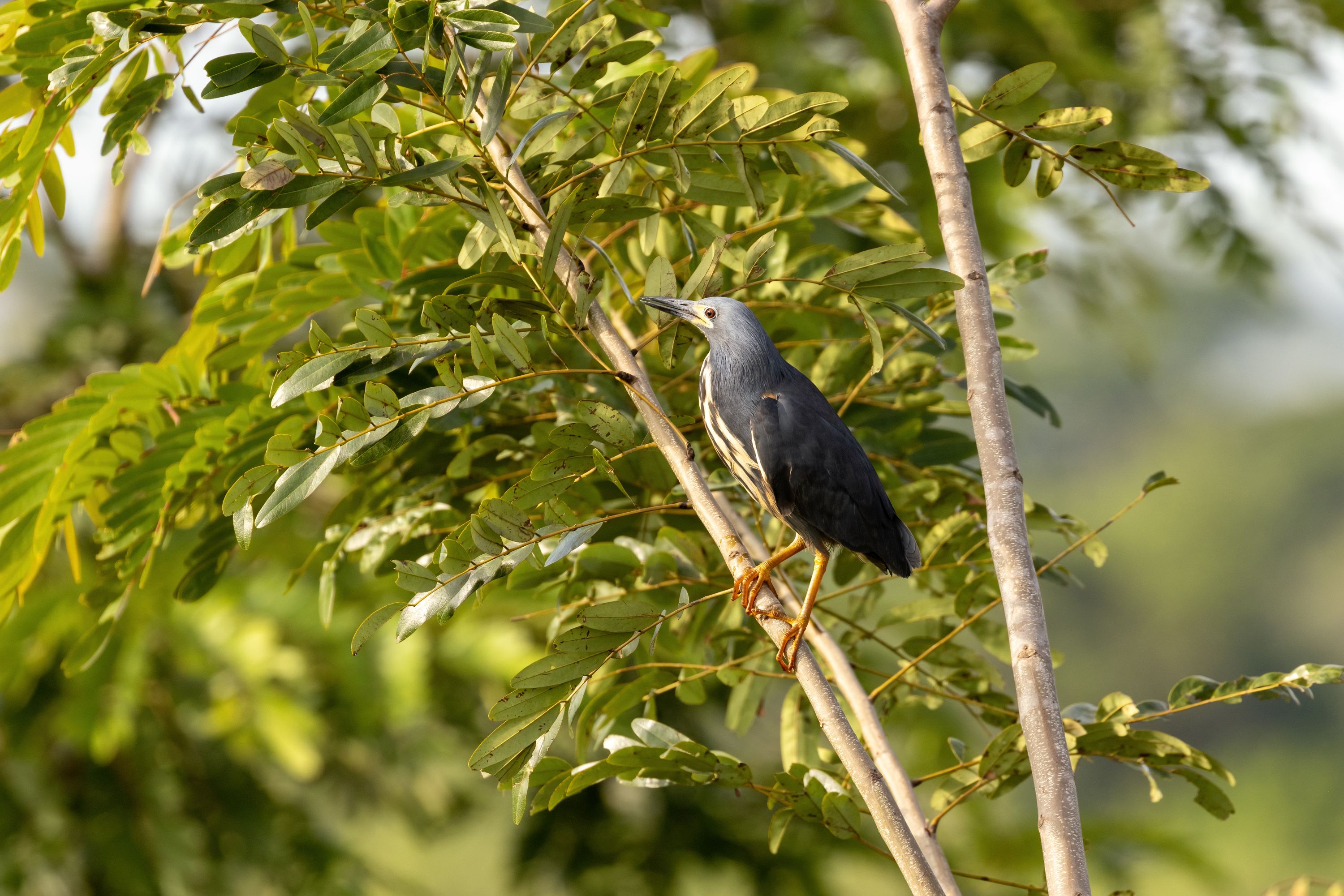
Conclusion
The Botaurinae subfamily, with its cryptic and elusive members, plays a crucial role in the wetland ecosystems. These bitterns, with their unique adaptations and behaviors, are a testament to the diversity and complexity of avian life. Observing these elusive birds, such as the American Bittern in Utah, offers a rare glimpse into the secretive world of marshland birds and underscores the importance of preserving and restoring their natural habitats.